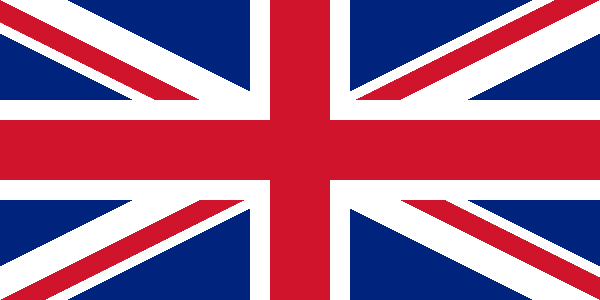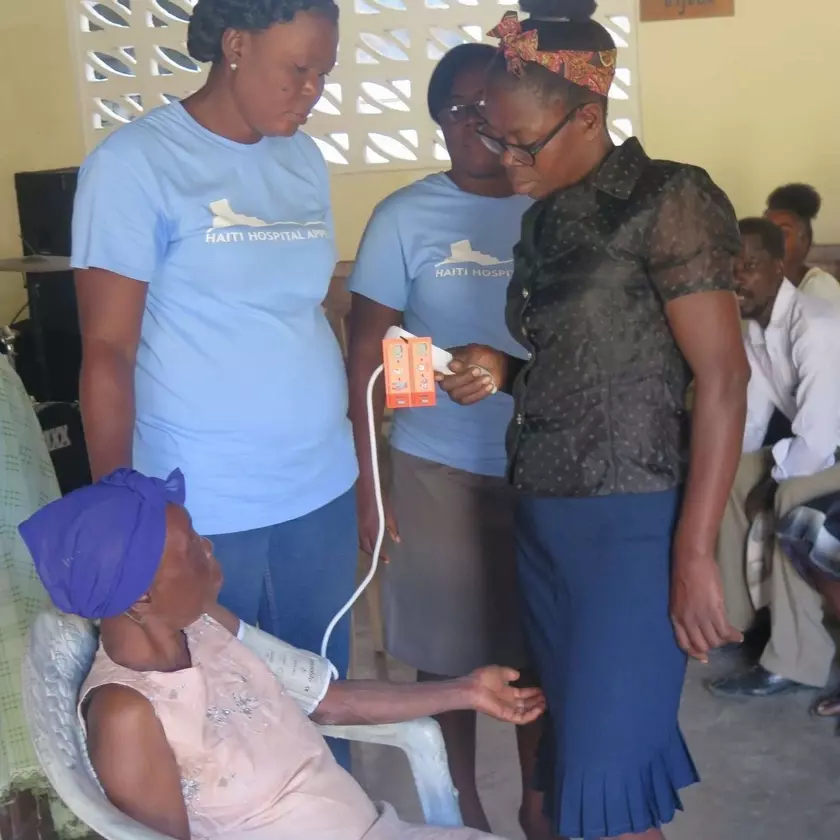Combating Haiti's Maternal Mortality Rate
830 women died today. By giving birth.
It's a shocking statistic. But what's even worse is that these mothers are dying from preventable causes such as sepsis (severe infection) and pre-eclampsia and eclampsia (high blood pressure during pregnancy and labour) (WHO, 2016).
99% of all maternal deaths occur in developing countries, with maternal mortality increasing in women living in rural or poor income communities (ibid).
In light of these awful numbers, it is so obvious to see how amazing and how essential the work and advancements in global maternity health are... and HHA is a part of that!
HHA are working both in the local community to improve maternal health and mortality, but also on a larger global scale.
Firstly, closer to home, the maternity unit at HCBH is as busy as ever. The wards, NICU and delivery rooms offer a safe place for women to give birth surrounded by doctors and nurses working to keep them and their babies as healthy as possible.
Yesterday, I was lucky enough to spend some time in the OBGYN (obstetrics and gynaecology) clinic with one of the doctors, which was incredibly interesting.
They had a lot of patients to see, but he took as much time as he needed with each one, making sure they understood everything.
It was particularly heart breaking when one of our young pregnant patients revealed she had been raped, and had very little family to support her. The doctor was wonderfully kind and understanding, and took a long time to listen to her and comfort her.
The doctor often mentioned procedures or tests they would like to do, but can't perform because they're in Haiti. We're so lucky to have the level of care we do in the UK and the US, and places like Haiti still quite a way to go before they can offer the same care that we enjoy (often without fully appreciating it!). In the meantime, it's completely inspiring to see how hard the staff here work to do they best they can under difficult circumstances.
The second way HHA is working to improve maternal health, this time on a larger scale, is through participating in the cradle device trials. The CRADLE device trials is a huge thousand pound research initiative investigating community maternal blood pressure measurement in rural Africa and Asia.
The CRADLE device is a blood pressure monitor that can be operated with the most minimal training and very little medical knowledge. The device displays the blood pressure and heart rate, but also a traffic light warning system. If the pregnant woman's blood pressure is high, the machine will display an upward pointing arrow and an orange or red light (depending on the severity of the hypertension). This tells the healthcare professional, traditional birthing attendant or whoever is using the cradle device that this woman needs to be referred to hospital (as soon as possible if the light is red).
If the device displays a downward arrow and the orange or red lights, then it may be indicative of haemorrhage or sepsis, and therefore warns the user to refer the mother to the hospital.
Sometimes, particularly in healthcare, we can see a lot of initiatives that have great ideas behind them but don't actually work out as well as hoped, which can be pretty frustrating.
However the CRADLE device is a wonderfully simple well-designed idea, and it seems to be working!
This week interviews have been taking place with nurses, traditional birthing attendants, and other healthcare professionals as they discussed the implementation of the cradle device in Haiti over the last few months.
It was great to hear that a lot of these users found the device effective, some referring patients who they were sure would have died if they hadn't been prompted to give birth in the hospital.
They have, however, had some problems with patients living very far from hospitals. Healthcare is also expensive for a lot of people, so sometime they turn to members of their local community for care instead, which means they don't receive the urgent medical help they need.
It's an ongoing effort, and there's still a lot of work that needs to be done.
But this is definitely a project to keep close track of, as the results could save so many lives across the world!
**Blog from volunteer Rosie Pearmain**


